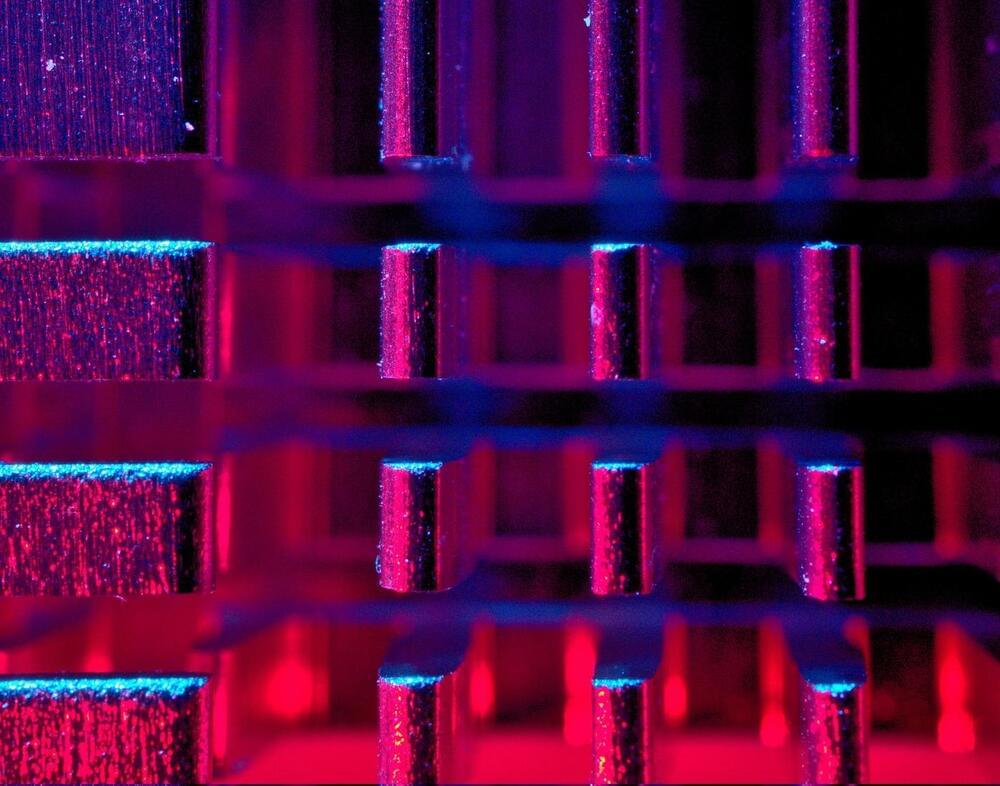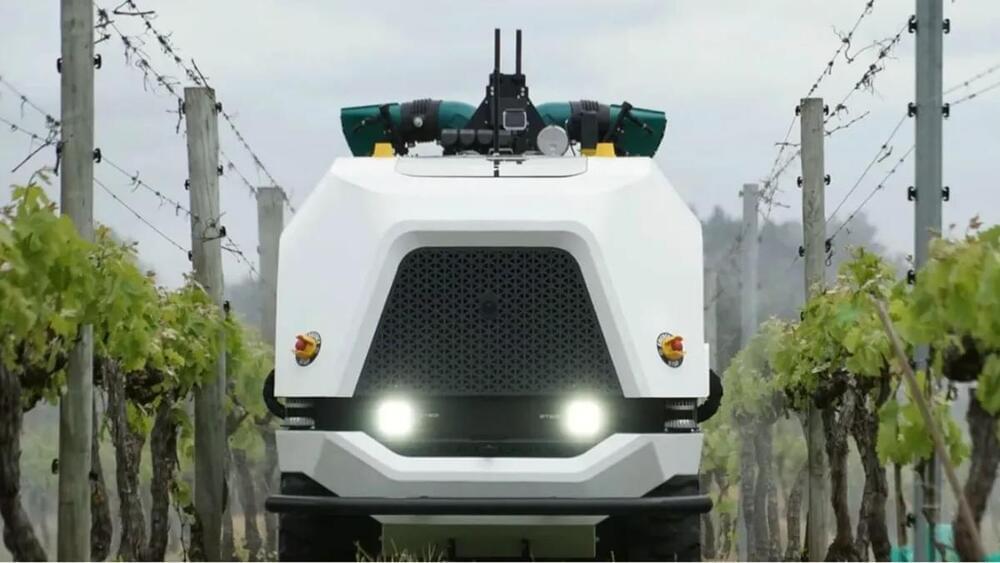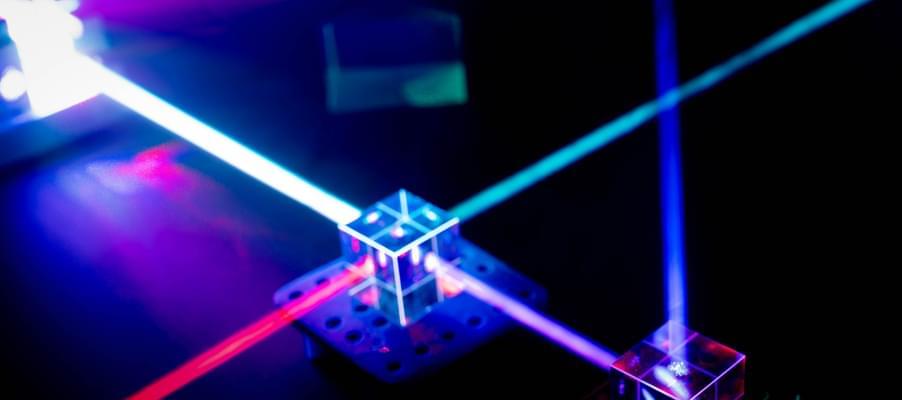A new type of material can learn and improve its ability to deal with unexpected forces thanks to a unique lattice structure with connections of variable stiffness, as described in a new paper by my colleagues and me.


A new type of material can learn and improve its ability to deal with unexpected forces thanks to a unique lattice structure with connections of variable stiffness, as described in a new paper by my colleagues and me.
NVIDIA’s Megatron Turing AI Model can now have conversations with itself to perpetually improve itself in the hopes of understanding how to best control and influence other people in debates. This sparked a lot of discussions in the AI Community because ever-improving Artificial Intelligences pose real dangers to humanity.
–
TIMESTAMPS:
00:00 The biggest Black Box.
01:54 Nvidia’s GPT-3 Competitor.
03:23 How these AI’s work.
04:50 The Ethical issues of Black Box AI’s.
08:19 Last Words.
–
#ai #agi #nvidia

Researchers say they were inspired by living things from trees to shellfish.
They were inspired by living things, from trees to shellfish. Researchers at the University of Texas at Austin set their collective advanced minds on creating a plastic that would mimic real life. It would be like many life forms that are soft and stretchy in some places and hard and rigid in others.
Their success, a first ever, using only light and a catalyst to change the properties such as hardness and elasticity in molecules of the same type. The resulting material is ten times stronger than natural rubber and could very well change flexibility of electronics and robotics.
Plastic stretch.
The findings were published recently in the journal Science.

Researchers created an artificial intelligence process that determines when and where wildfires will occur.
Wildfires have caused extreme fire damages across the globe, along with many deaths. It is significant to know when wildfires are spreading, and where, to prevent loss of life. Realizing this important information in advance is key. Forecasting wildfire danger can be a difficult task because of the complexity involving climate system, interactions with vegetation and socio-economic components.
Currently, available information for widespread fires only provides limited data and information.
Pixabay / Clandestino.
New method.

Join Pattie Maes, Andy Lippman, and a host of special guests and Media Lab researchers for a deep dive into generative artificial intelligence—the use of deep learning and large data sets to produce text, sound, images, movies, 3D designs, virtual characters, even proteins and drug candidates.
This discussion will be livestreamed, and no registration is required; it will be embedded on this page before the presentations begin. The livestream will be closed-captioned, and the archived video will be posted with closed captions within a few days of the event.

Latest News Machine Learning Tech news
Particle physicists have taught algorithms to solve previously unsolvable issues.
New AI processing chip by IBM…
In this video I discuss new IBM AI Chip — Artificial Intelligence Unit.
#IBM
My Gear:
Camera Sony Alpha 7 III: https://amzn.to/3dmv2O6
Lens Sony 50mm F1.8: https://amzn.to/3weJoJo.
Mic Sennheiser: https://amzn.to/3IKW5Ax.
Music from my Videos: https://www.epidemicsound.com/referral/908oe4
Support me on Patreon: https://www.patreon.com/AnastasiInTech

Edward Boyden is a Hertz Foundation Fellow and recipient of the prestigious Hertz Foundation Grant for graduate study in the applications of the physical, biological and engineering sciences. A professor of Biological Engineering and Brain and Cognitive Sciences at MIT, Edward Boyden explains how humanity is only at its infancy in merging with machines. His work is leading him towards the development of a “brain co-processor”, a device that interacts intimately with the brain to upload and download information to and from it, augmenting human capabilities in memory storage, decision making, and cognition. The first step, however, is understanding the brain on a much deeper level. With the support of the Fannie and John Hertz Foundation, Ed Boyden pursued a PhD in neurosciences from Stanford University.
The Hertz Foundation mission is to provide unique financial and fellowship support to the nation’s most remarkable PhD students in the hard sciences. Hertz Fellowships are among the most prestigious in the world, and the foundation has invested over $200 million in Hertz Fellows since 1963 (present value) and supported over 1,100 brilliant and creative young scientists, who have gone on to become Nobel laureates, high-ranking military personnel, astronauts, inventors, Silicon Valley leaders, and tenured university professors. For more information, visit hertzfoundation.org.
TRANSCRIPT
Edward Boyden: Humans and machines have been merging for thousands of years. Right now I’m wearing shoes, I have a microphone on my jacket, we all probably used our phones at least once today… And we communicate with the augmentation of all sorts of amplification and even translation technologies: You can speak into a machine, and it’ll translate the words you’re saying in nearly real time.
So I think what might be different in the years to come is a matter of degree, not a matter of kind. One concept that I think is emerging is what I like to call the brain coprocessor, a device that intimately interacts with the brain. It can upload information to the brain and download information from it. Imagine that you could have a technology that could replace lost memories or augment decision making or boost attention or cognition. To do that though we have to understand how the brain works at a very deep level.
Although over a third of a million patients have had brain implants or neural implants that stimulate the nervous system, so far they’ve operated in an open-loop fashion. That is, they drive activity in the brain, but not in a fully-responsive fashion. What we want to do is to have bi-directional communication to the brain: Can you read and write information continuously, and supply—maybe through coupling these interfaces to silicon computers— exactly the information the brain needs?
